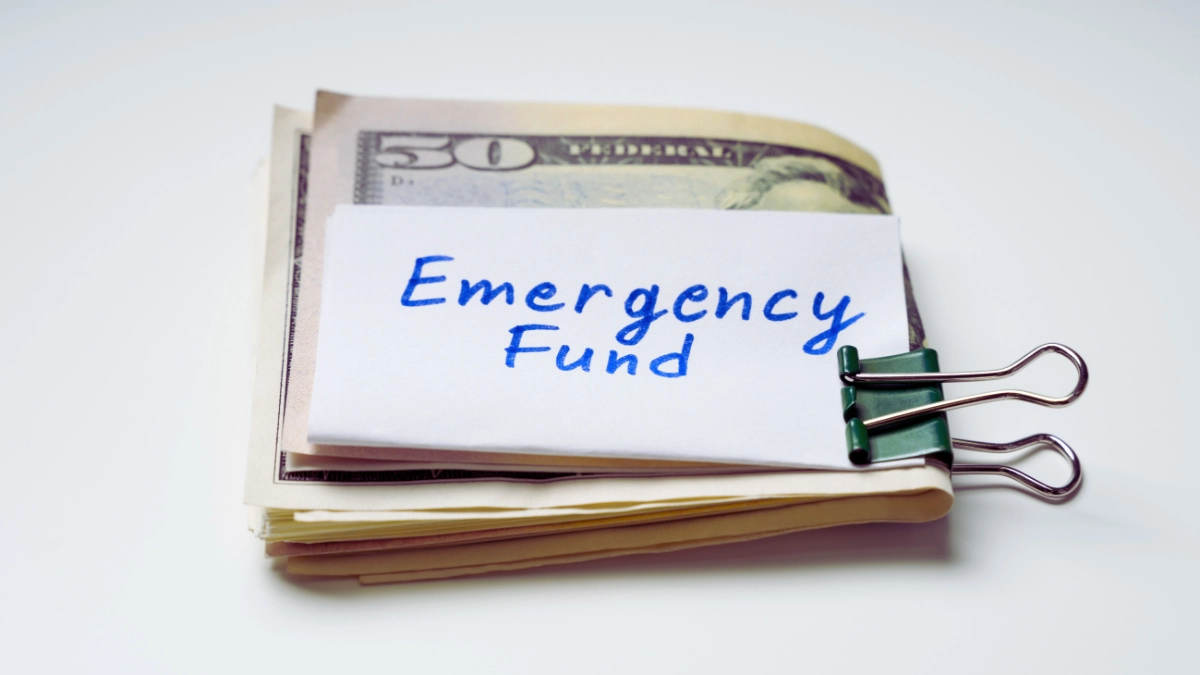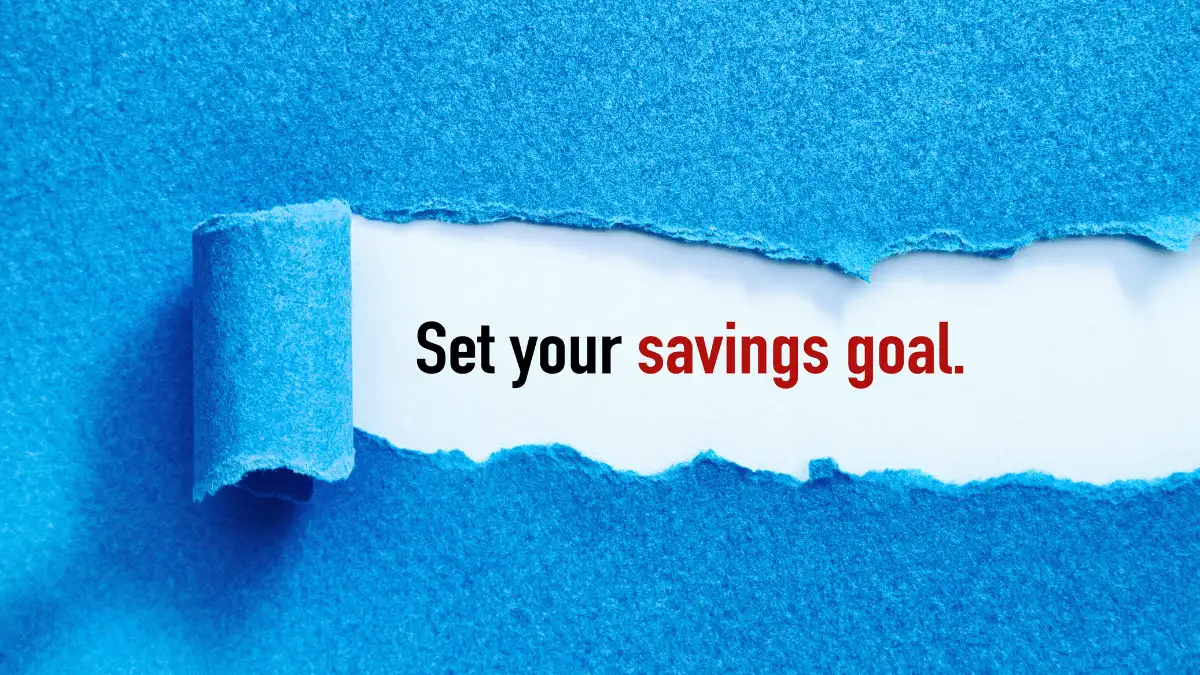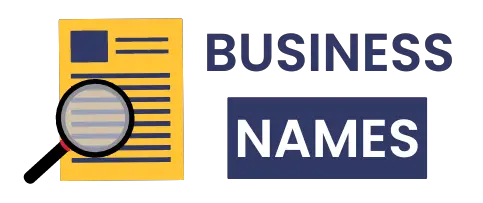That $1,000 emergency fund you keep hearing about? It’s not enough— and deep down, you probably know it.
One surprise car repair or trip to the ER can drain it overnight. Yet many still cling to this outdated advice, thinking they’re “covered” when they’re far from it.
The truth is, today’s financial landscape has changed—rents are higher, medical costs sting harder, and paychecks don’t stretch like they used to.
In this article, we’ll break down why the $1,000 fund falls short, what real security looks like, and how you can build a cushion that protects you—real talk, backed by real numbers.
Why $1,000 won’t Save You
Financial emergencies in 2025 don’t play by old rules. A $1,000 cushion might have been decent advice two decades ago, but now it barely scratches the surface of what is needed.
With rising costs, unpredictable events, and economic uncertainty, relying on such a small amount leaves you financially exposed.
1. Modern Emergencies Are More Expensive

Unexpected expenses rarely show up in small amounts anymore. Car repairs like transmission issues, suspension problems, or brake replacements often exceed $1,500, especially when labor and diagnostic fees are included. Even replacing tires or a dead battery can eat through most of a $1,000 fund.
Homeowners face similar challenges. A burst pipe or faulty HVAC system isn’t a cheap fix—it can easily cost a couple of thousand dollars.
Renters aren’t immune either. Temporary relocation, lost property, or covering damage deposits can all arise suddenly.
Medical surprises add another layer. Without solid insurance, a trip to urgent care or the ER—even for non-life-threatening issues—can result in a bill larger than your entire savings.
Costs creep higher each year, and emergencies often involve more than one service or follow-up.
One crisis can deplete your cushion. After that, you’re relying on credit cards, loans, or asking for help—not real financial security.
2. Insufficient Coverage for Job Loss

Job loss is one of the most common financial emergencies, yet a $1,000 fund doesn’t even begin to address it.
Most households spend far more than that each month just to cover essentials—rent or mortgage, food, electricity, internet, transportation, and minimum debt payments. Even with strict budgeting, $1,000 might not last two weeks.
The process of finding new employment often takes longer than expected. Depending on the field, it may take months before you land a new job, get through onboarding, and finally receive your first paycheck.
Meanwhile, bills keep coming. Missed payments lead to late fees, credit damage, and mounting financial stress.
Unemployment benefits, if available, often don’t cover the full income and can take time to arrive.
Many people also work jobs that don’t qualify for unemployment at all—especially gig workers and freelancers.
Without enough savings to bridge the gap, a temporary setback becomes a long-term issue.
You need months—not days—of expenses set aside to weather this kind of storm without falling into deeper financial trouble.
3. Stacking Crises Compound Costs

Emergencies don’t like to travel alone. One problem often creates another. Imagine your car breaks down unexpectedly.
You miss work, lose a day’s income, and fall behind on bills. Now you’re not only paying for the repair but also catching up on missed obligations—and maybe paying late fees or overdraft charges, too.
Life has a way of piling on. Maybe just as your car’s fixed, your child gets sick, or the fridge gives out.
If your emergency fund is already drained, you’re forced to rely on credit cards or personal loans. That adds interest, which means you’re paying even more over time.
Stress also multiplies. Juggling multiple problems without a safety net wears you down mentally and emotionally. It can hurt your decision-making, relationships, and productivity.
Small savings can’t absorb the shock of consecutive problems. To be resilient, you need a bigger cushion—one that buys you time, stability, and clarity when everything seems to go wrong at once.
4. Healthcare Costs & Deductibles

One medical issue can wipe out a $1,000 emergency fund instantly. Many insurance plans come with high deductibles—often ranging from $1,500 to $7,000 or more.
That’s just to get your coverage started. Copays, lab fees, and follow-up appointments add hundreds more.
Even minor emergencies like a sprained ankle or urgent dental work can cross the $1,000 line quickly.
And if you don’t have insurance? The cost of even basic care skyrockets. One ER visit, a few scans, or a night in the hospital could cost several thousand dollars.
A 2025 study by Vanguard surveyed over 12,400 individuals and found that those with at least $2,000 in emergency savings reported 21% higher financial well-being.
They also spent less time stressing about money—an average of 3.7 hours a week versus 7.3 hours for those with no savings.
The message is clear: having more than $1,000 doesn’t just help cover bills—it also gives you peace of mind when it matters most.
Medical issues are unpredictable and expensive. You need a fund that can support more than a Band-Aid response.
5. Inflation Erodes Purchasing Power

Inflation silently chips away at your savings every year. What cost $1,000 a decade ago now easily runs $1,300–$1,500 or more.
Everything from groceries to rent to health care costs more today, and there’s no sign of that slowing down.
While your savings might stay static, your expenses don’t. Gas prices fluctuate, insurance premiums rise, and even basic utilities become more expensive.
Holding on to a fixed savings target without adjusting for inflation leaves you financially unprepared over time.
That’s the hidden danger of the $1,000 emergency fund. It may feel like progress when you reach it, but its actual buying power shrinks each year.
By the time you need it, the fund may no longer be enough to cover what it once could.
Emergency planning needs to keep pace with economic reality. Adjusting your savings goal every year—even by a small percentage—helps you stay prepared in a world where prices are always changing.
6. Creates a False Sense of Security

Saving your first $1,000 is a great start—but stopping there is risky. Many people hit that milestone and assume they’re now protected.
They slow their saving efforts, or worse, redirect focus to spending or investing before they’ve built true financial security.
That sense of “I’m good now” becomes dangerous when the unexpected happens. Whether it’s a hospital visit, an appliance breakdown, or a lost job, you quickly realize that $1,000 wasn’t enough—and the illusion of safety can hit harder than no savings at all.
This false confidence delays the very habit that builds real resilience: consistent, intentional saving.
An emergency fund isn’t a checkbox—it’s an ongoing process that grows with your life, responsibilities, and risks.
Instead of thinking of $1,000 as the finish line, see it as your launchpad. Celebrate the milestone—but keep going. The real reward comes when you know you can handle whatever comes next.
7. Ignores Financial Volatility and Larger Costs

Not everyone has a steady paycheck or predictable expenses. Freelancers, gig workers, and small business owners face irregular income.
Parents, caregivers, and people with chronic health needs deal with costs that shift month to month. A $1,000 emergency fund doesn’t account for these realities.
Real life isn’t built on averages—it’s built on variables. Some months you’re fine. Other months, income drops or expenses spike.
Without a buffer that reflects your lifestyle, you’re constantly on edge, never quite catching up.
That’s why a flat savings number doesn’t work for everyone. You need a fund that matches your risks. A single parent supporting kids will need a larger cushion than a single adult with no dependents.
Similarly, someone in a high-risk industry or unstable job needs more than someone with long-term job security.
Building your fund isn’t about hitting someone else’s target. It’s about understanding your financial landscape and creating a safety net that works for you. Real protection comes from planning with your reality in mind.
What Will Actually Help?
Escaping the $1,000 emergency fund trap means building a smarter, stronger financial plan. The goal isn’t just to save—it’s to create real stability when life throws something your way.
1. Build an Emergency Fund Covering 3–6 Months of Essential Living Expenses

Start by figuring out how much you need each month to stay afloat. Add up the basics: rent or mortgage, food, utilities, transportation, insurance, and minimum debt payments.
Multiply that total by three to six months, depending on your risk level and job stability. That’s your real emergency fund target—not a flat number borrowed from outdated advice.
This cushion gives you breathing room during a job loss, medical issue, or surprise expense. You won’t need to panic, rely on credit, or make rushed financial decisions. It gives you options and time to recover.
Everyone’s number will look different. But whether it’s $5,000, $12,000, or more, having that money set aside changes how you face the unexpected. It turns emergencies into manageable setbacks, not full-blown crises.
- Suitable for: Salaried employees, freelancers, families, or anyone without job protection
- Difficulty Level: Moderate (requires budgeting and consistent effort over time)
2. Personalize Your Savings Goal

One-size-fits-all doesn’t work when it comes to emergencies. A single parent with two kids needs a very different safety net than a recent grad living rent-free.
The amount you should save depends on your job security, income type, household size, health risks, and lifestyle.
Start with the basics, then ask yourself: How steady is my income? Do I have people relying on me?
What are my fixed monthly costs? Your answers shape your goal. It’s about preparing for your life—not someone else’s version of “safe.”
A key study from Vanguard titled “The Relationship Between Emergency Savings, Financial Well-Being, and Financial Stress,” published in 2025, emphasized the value of tailored savings.
The study found that people who adjusted their emergency funds based on personal circumstances experienced fewer financial setbacks and bounced back faster when things went wrong. Context matters.
Customizing your fund helps it feel real and achievable. It also makes sure it does the job when it matters most.
- Suitable for: Self-employed individuals, parents, people with health concerns, or irregular income
- Difficulty Level: Easy to Moderate (depends on self-awareness and planning)
3. Keep Funds Liquid and Secure

An emergency fund isn’t just about how much—it’s also about where you keep it. You need access fast, without penalties or losses. That rules out stock investments or long-term certificates of deposit.
Keep it simple: a high-yield savings account or money market fund with FDIC insurance does the job well.
Market volatility can crush your balance just when you need it most. That’s why liquidity matters more than high returns.
Growth is nice, but stability is the real goal here. You’re not trying to build wealth—you’re protecting it.
Accessibility is key. In a true emergency, you don’t want delays, hidden withdrawal rules, or market crashes standing between you and your savings.
Think of your fund as a financial fire extinguisher—it needs to be right there when you reach for it.
- Suitable for: Everyone, especially those with unpredictable expenses or urgent access needs
- Difficulty Level: Easy (just requires setting up the right type of account)
4. Automate Consistent Saving

Saving gets easier when you take the guesswork out of it. Setting up automatic transfers—weekly, biweekly, or monthly—means the money moves before you even think about spending it. It builds discipline quietly in the background.
Even small amounts make a difference. $50 here, $100 there—it adds up faster than you’d expect. The key is consistency. Regular deposits build momentum, and over time, they form a habit that sticks.
Automation also removes emotional friction. You won’t feel like you’re “losing” money to savings.
It just becomes part of your routine, like a bill you pay yourself first. That routine turns goals into results, especially when your income fluctuates or life gets busy.
- Suitable for: Busy professionals, new savers, or those who want to build consistency without effort
- Difficulty Level: Easy (once set up, it runs on autopilot)
5. Manage Lifestyle and Expenses Mindfully

Saving money doesn’t always mean earning more—it often starts with spending less. Knowing where your money goes each month helps you spot what’s necessary and what’s negotiable.
You might be surprised by how much you can redirect toward your emergency fund without feeling deprived.
Small lifestyle tweaks can make a big difference. Cooking at home more often, canceling unused subscriptions, or resisting impulse buys adds up over time.
These aren’t sacrifices—they’re trade-offs for something more valuable: financial peace.
When bonuses, refunds, or extra income come your way, resist the urge to spend it all. Use those moments to boost your emergency savings instead.
That shift in mindset—prioritizing long-term security over short-term rewards—builds resilience. It’s not about restriction; it’s about freedom from financial fear.
- Suitable for: Anyone who wants to build savings faster or regain control over spending
- Difficulty Level: Moderate (requires discipline and self-awareness)

